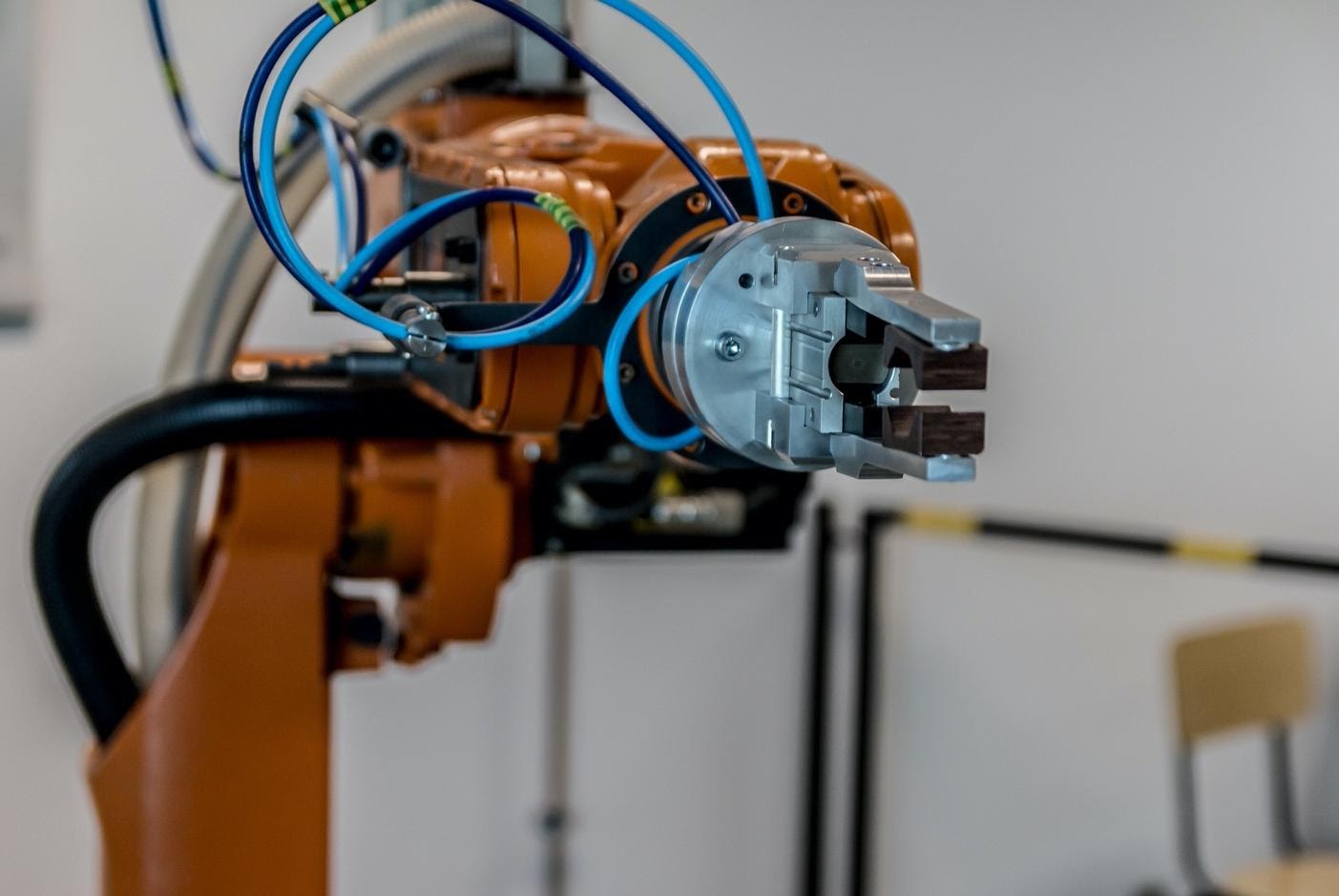5 Signs it’s Time to Invest in Robotic Process Automation
Robotic Process Automation (RPA) is an essential step towards digitizing your business. RPA is software that uses rule-based logic to complete tasks with no human input. This brings massive benefits in the form of time and cost efficiencies.
RPA can be used in recruitment, payroll processing, aggregating reports, CRM updates, order processing, shipping, logistics tracking, and so much more. The software is versatile, so the possibilities are boundless. To learn about RPA solutions and when you should consider using RPA, keep reading!
Your Employees are Complaining about Your Everyday Software
The digitization of industries has brought operational efficiencies to businesses, but it has brought new challenges as well. Businesses now have vasts amounts of data that it has difficulty in collecting and analyzing. Furthermore, companies commonly have different software for each department or business function. Although the data can be pulled, it still has to be compiled, analyzed, and presented by humans. This inevitably reduces information visibility, the business’s ability to make quick decisions, increases operational costs, and slows customer response and resolution times.
RPA eliminates the need for human effort in this regard; the software can easily and efficiently collect, analyze, and present data. This leaves employees with more time to focus on strategic tasks.
You’re Wasting Time Pulling Large Amounts of Data Manually
Employees handling customer application forms, tax forms, insurance claim forms, mortgage packages, onboarding documents can spend half of their time collecting and processing data. RPA can recognize different types of documents or data after being given samples of each. Coupled with AI, RPA can remember and prepare unstructured documents like those that are handwritten, emails, or data streams.
RPA will not have to be told that it is looking at an invoice; it looks for patterns in the format, numbering, and critical data elements with a high degree of accuracy. RPA can also verify or match two documents, for example, a line item in an invoice with a purchase order in another report. This feature is further expanded by enabling the RPA to do multiple-way search, for example, use multiple pieces of information to match an exact item.
This enables the software to classify, extract, and validate data intelligently.
Your Reports are Often Late Due to Time Spent Putting Them Together
Decisions are based on data and reports presented. Compiling the data into insightful reports takes a lot of mental effort and time for a human employee. Considering that reports are compiled using formulas and data sets from multiple sources, it makes sense that RPA can do it better. RPA can produce reports in real-time that are more accurate because the software won’t miss any data entry or calculation.
Seventy-four percent of respondents in a study rated “faster process speeds” as a primary business case for adopting RPA.
You use Multiple Tools to Complete One Task
Most organizations use different software for each department. For example, sales, finance, logistics, and HR could all have their own software, but to make decisions and reports, the business needs to gather data from multiple software. A key advantage of RPA is that the company will not need to invest in a new expensive software for all the functions, The RPA software works with any software, it operates at the UI level, not the coding level.
You Spend Too Much Time on Accounting Tasks Instead of Business Strategy
Report aggregation is particularly time-consuming for the accounting and finance department at the end of the month, quarter, or year. Employees at these critical periods are handling a vast amount of data compiling, analysis, and reporting. A lot of the work can be automated, this will not only reduce the staff headcount during these periods, but it will free up the staff for more strategic analysis and more accurate insights.
Gartner estimates that only 29 percent of corporate controllers use RPA for financial reporting processes, but predicts that by 2020 it will rise to 88 percent.
Read the Signs; You Should Use RPA
RPA is a productivity and cost-saving tool that can be used by any company, in any industry, and of any size. In a global survey, an average of more than 20 percent of respondents listed productivity as the most significant benefit of RPA. Furthermore, 73 percent of respondents contained “greater employee engagement from less repetitive activities” as a criterion for adopting RPA.

